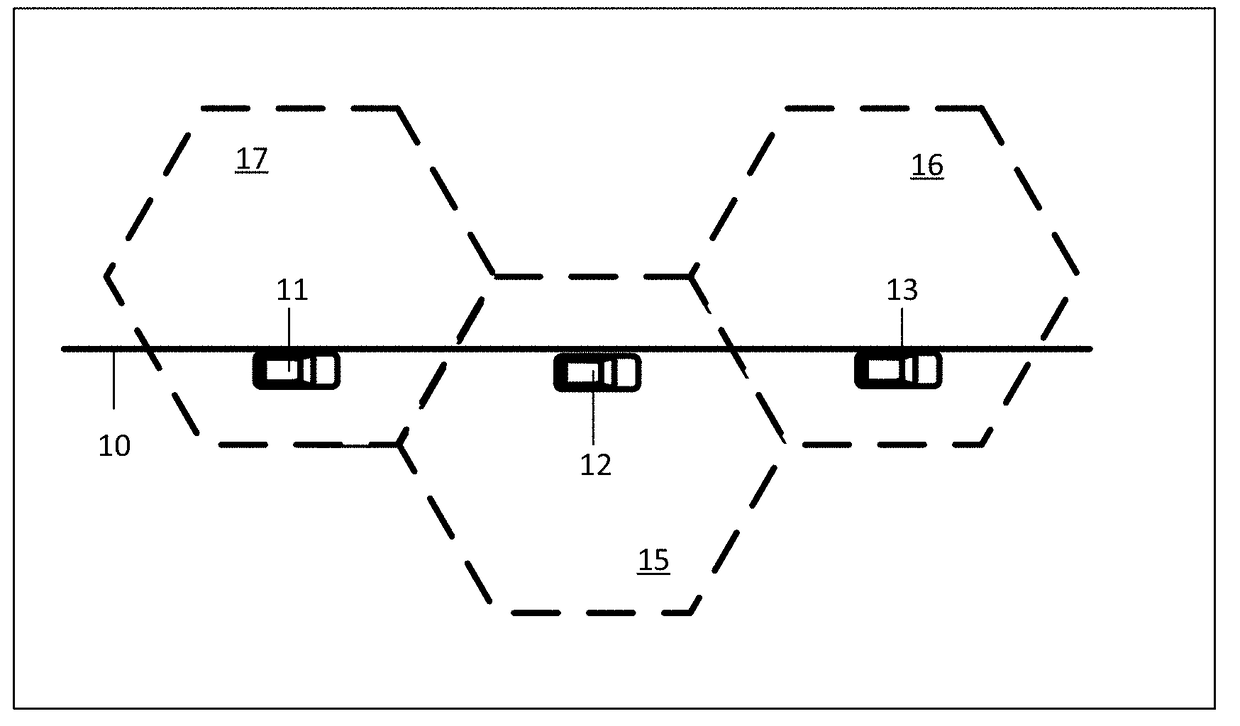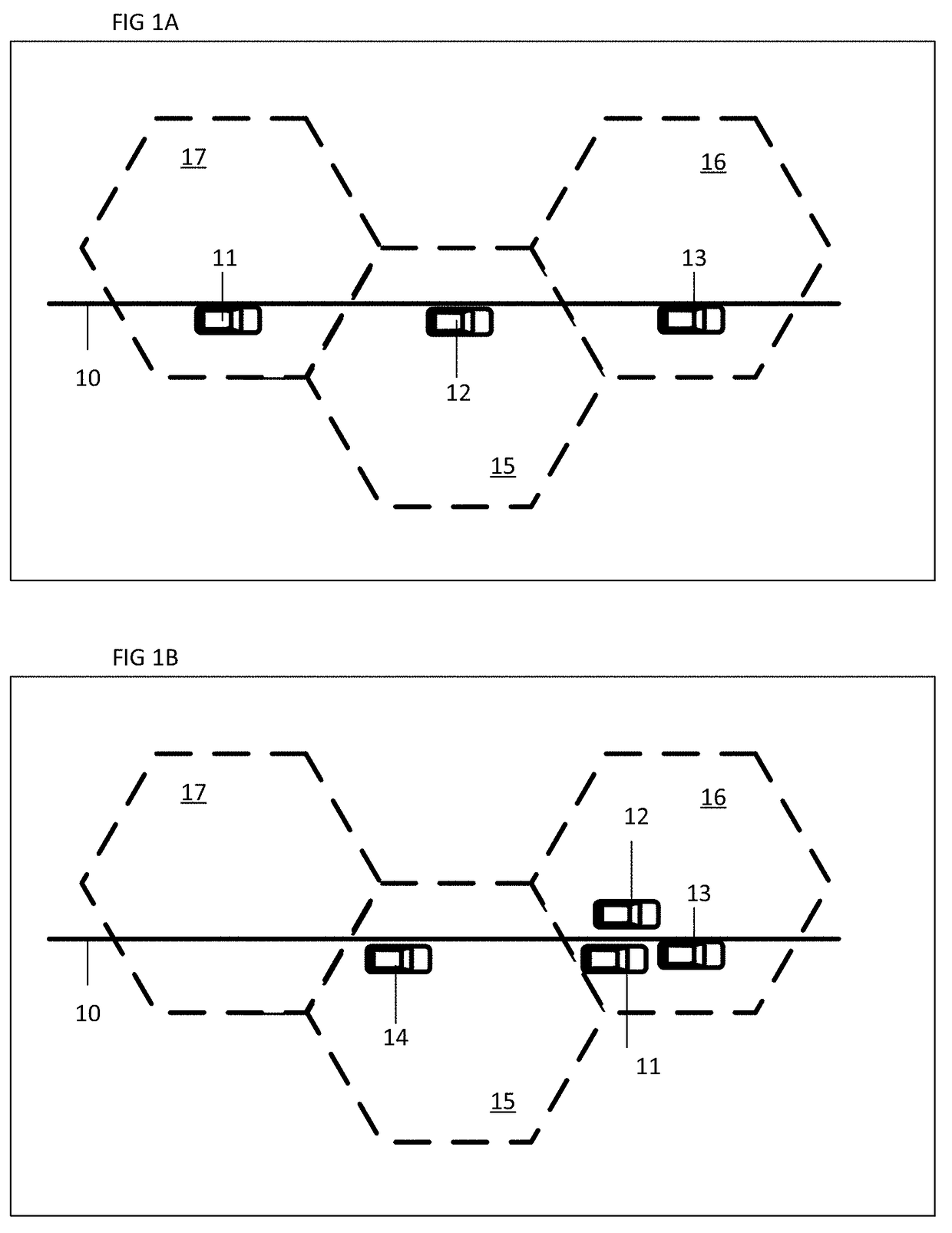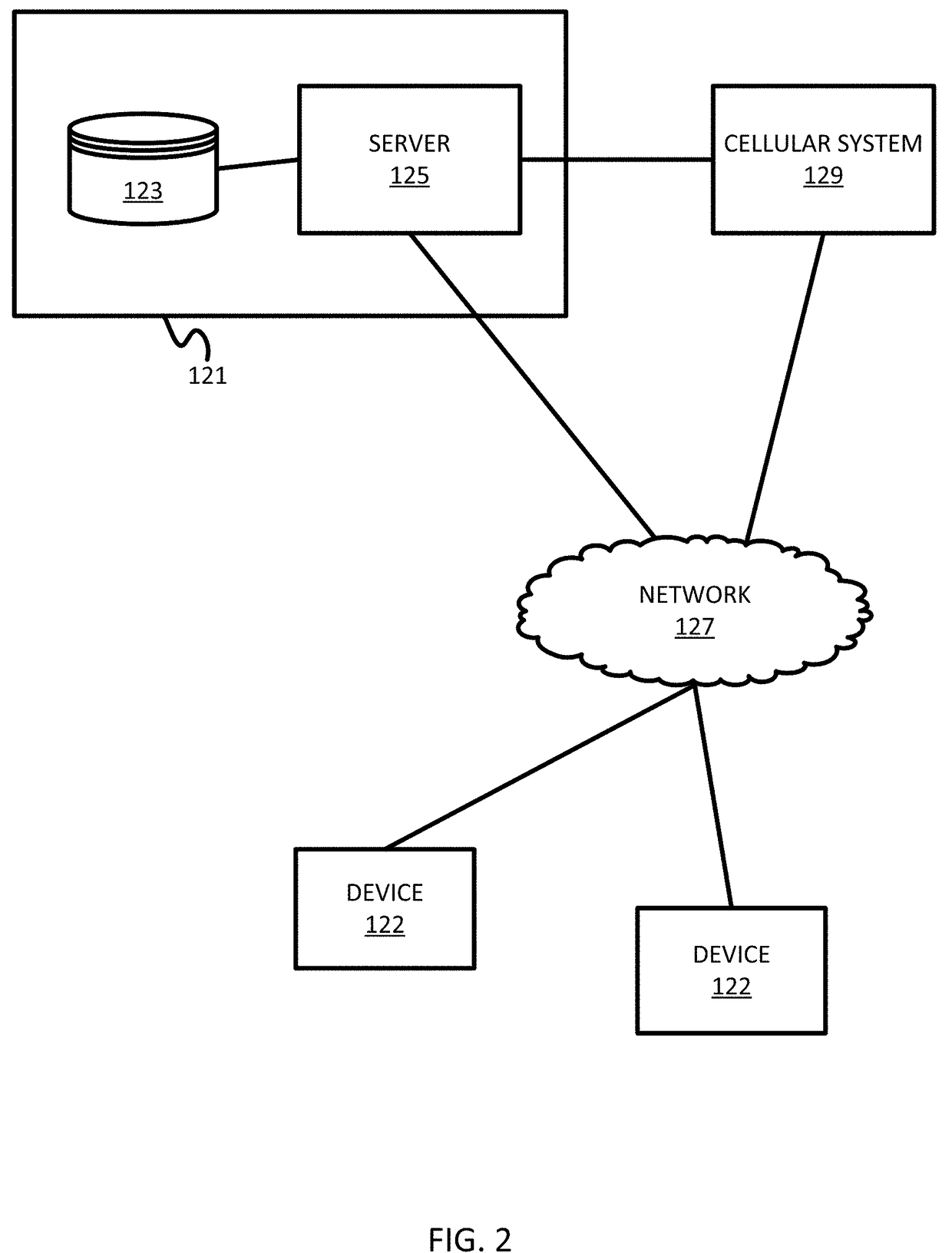Wireless network optimization
a wireless network and optimization technology, applied in the field of transportation systems and transit, can solve the problems of bandwidth bandwidth wasted over the average usage, and connected devices running bandwidth intensive applications,
- Summary
- Abstract
- Description
- Claims
- Application Information
AI Technical Summary
Benefits of technology
Problems solved by technology
Method used
Image
Examples
Embodiment Construction
[0022]Embodiments are provided that assist in designing and managing an efficient wireless network by identifying and predicting network usage based on traffic events. Wireless networks may be managed based on information relating to connected devices flowing through the wireless network. Network utilization requirements may be based on the information including the number and the usage profiles of the connected devices. The information may be used to create an infrastructure and support the connected devices through peak network demands. By estimating the number of devices and their usage that result from traffic events, the wireless network may be managed to efficiently balance the network loads using preemptive methods.
[0023]FIGS. 1A and 1B illustrates an example of a wireless network covering a roadway network. FIGS. 1A and 1B include three connected devices 11, 12, and 13 represented by the vehicles. The connected devices 11, 12, 13 transmit and request information though a wir...
PUM
 Login to View More
Login to View More Abstract
Description
Claims
Application Information
 Login to View More
Login to View More - R&D
- Intellectual Property
- Life Sciences
- Materials
- Tech Scout
- Unparalleled Data Quality
- Higher Quality Content
- 60% Fewer Hallucinations
Browse by: Latest US Patents, China's latest patents, Technical Efficacy Thesaurus, Application Domain, Technology Topic, Popular Technical Reports.
© 2025 PatSnap. All rights reserved.Legal|Privacy policy|Modern Slavery Act Transparency Statement|Sitemap|About US| Contact US: help@patsnap.com



